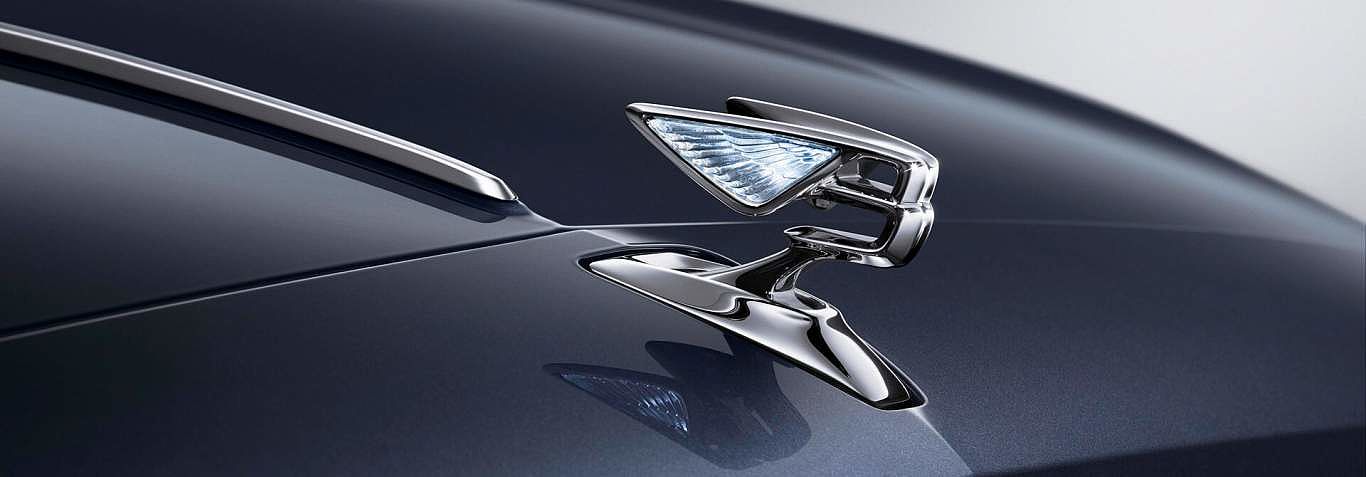Evolution of the Flying B Mascot

THE FLYING B
The history of the iconic “Flying B” mascot forms part of a fascinating century-long story but has always remained a symbol of excellence throughout its evolution. In the 1920s, a bonnet mascot was the ultimate automotive accessory, embodying effortless power and speed and announced your arrival in style.
The first company-approved Flying B mascot – an ornate, upright brass ‘B’ featuring wings held horizontally – was offered as an option in the mid-1920s. This is believed to be designed by F. Gordon Crosby who designed the winged B badge.
| 1920s | 1930s |
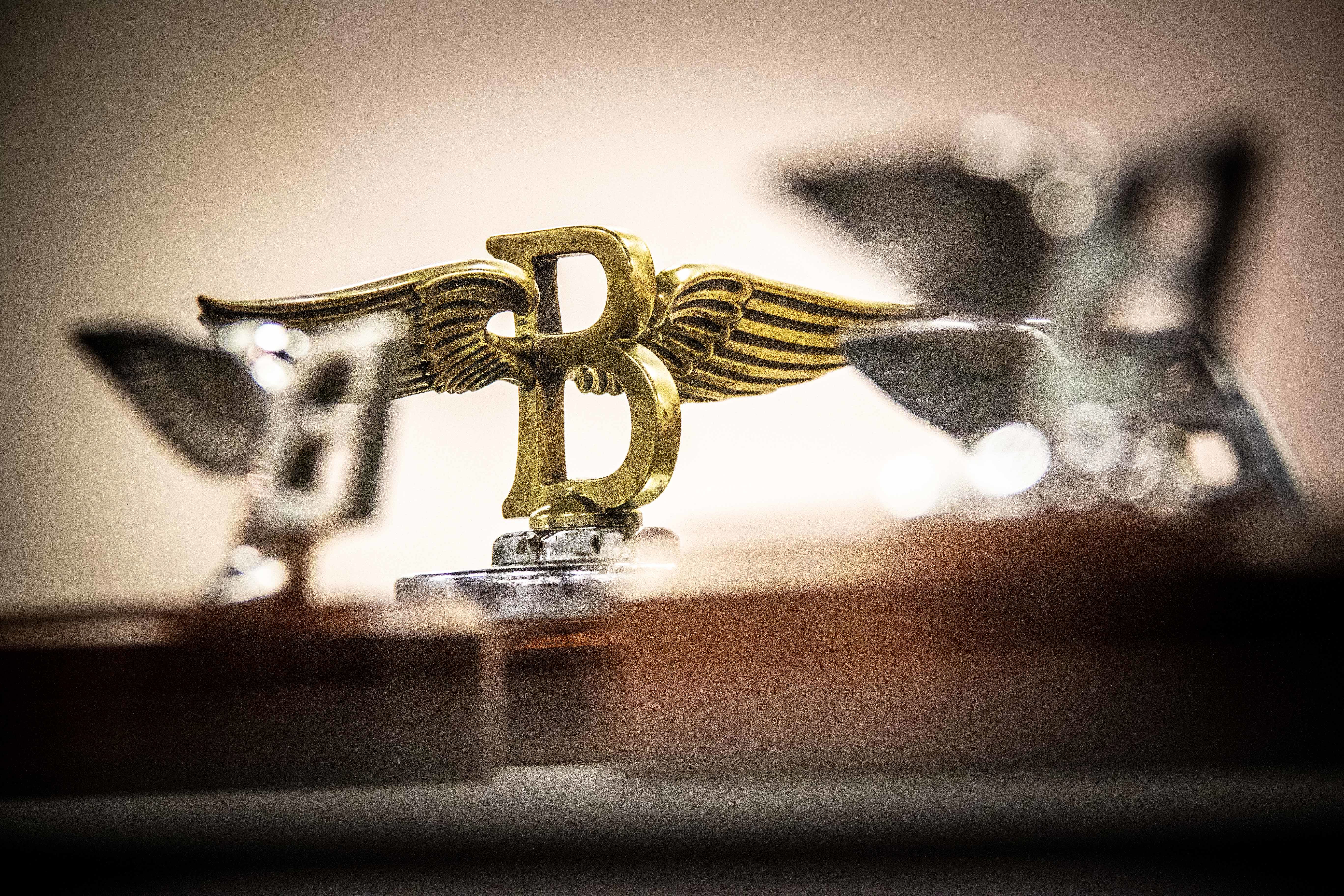 |
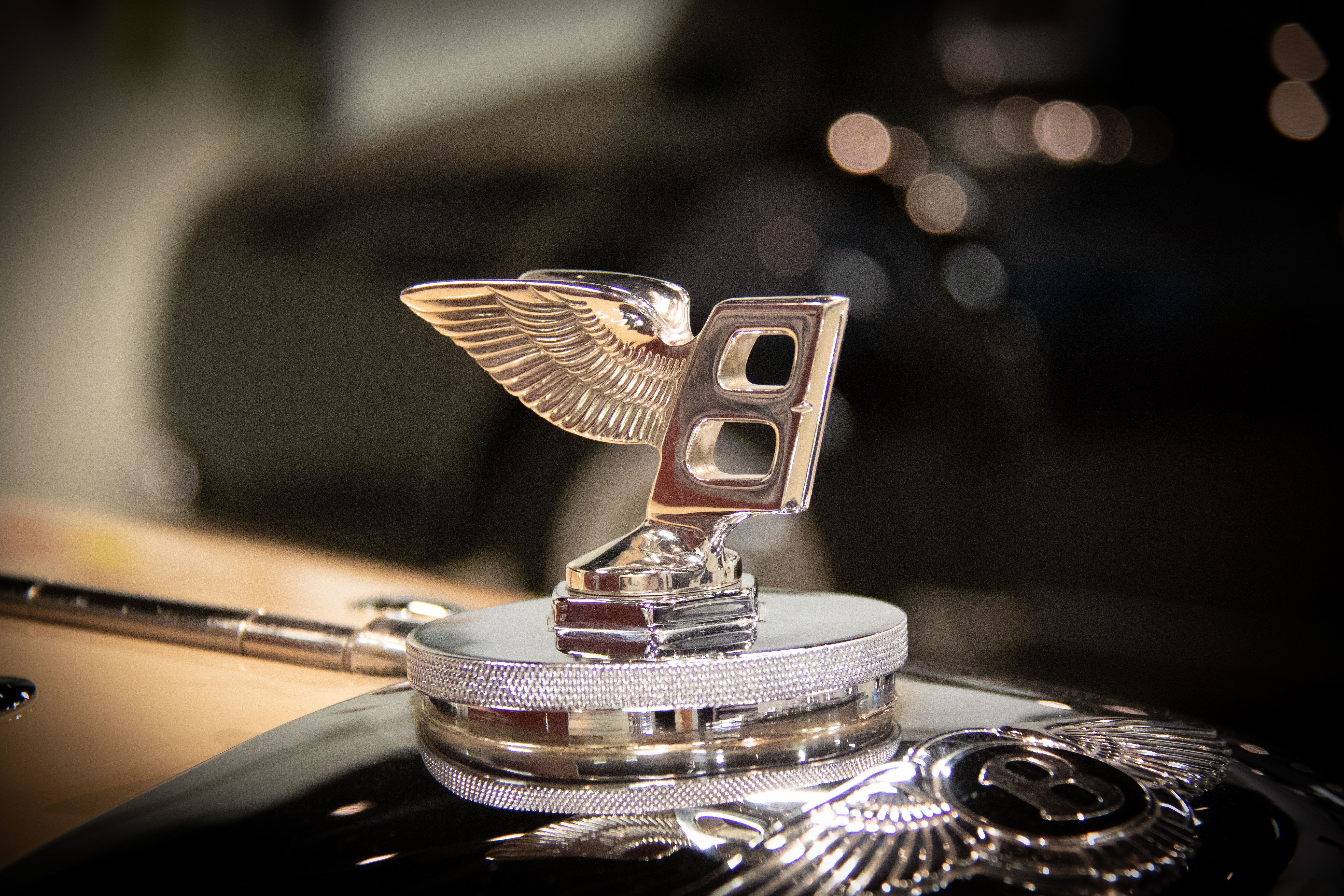 |
FLYING HIGHER
By the 1930’s, Bentley’s vehicles had become lower and sleeker creating the desire for a new mascot. Charles Sykes designed a single wing with a forward-leaning ‘B’ in the Art Deco style, with facets that allowed the ‘B’ to be read correctly when viewed from either side. However, the single wing wasn’t popular, so the design was altered to feature a pair of wings.
The return of the Flying B
After the war, a smaller version of the dual-wing Flying B mascot appeared on Crewe-built Bentleys until the 1970s, when it was withdrawn due to pedestrian safety legislation that banned prominent solid ornaments.
In 2006, the Flying B made a triumphant return, thanks to a mechanism that made it fully retractable. It was offered on the Azure, Arnage and Brooklands, and is still available today on the Mulsanne.
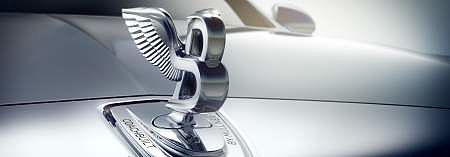 |
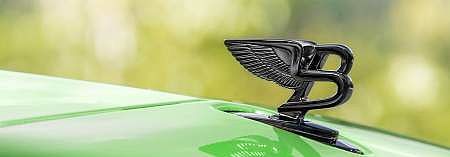 |
A SENSE OF FLIGHT
In 2019, Bentley’s Centenary year, the mascot was restyled for the next century and is an evolution of the previous designs. The iconic new “Flying B” was to adorn the new Flying Spur, the first time it has featured on a modern-day edition of the British luxury marque’s four-door Grand Tourer.
To mark the occasion, a competition was held among all Bentley designers to redesign the mascot for the second century. The winning design, by Hoe Young Hwang, was inspired by the owl. The minimalist, contemporary shape of the new design represents an owl gliding over a calm lake in pursuit of prey, the mascot’s widening base tracing out the wake created on the water.
Cast out of stainless steel, the new Flying B is hand-polished and crafted using a process normally reserved for turbine engines. It fuses the traditional asymmetrical feathers with a distinctly modern touch – when the car is unlocked, the mascot is electronically deployed and the feathers illuminate in a carefully choreographed welcome sequence perfectly synchronised with the lighting of the headlamps.
Throughout the years, the “Flying B” has continued to evolve but has always been recognised around the world as a sign of exceptional craftsmanship and exhilarating performance.